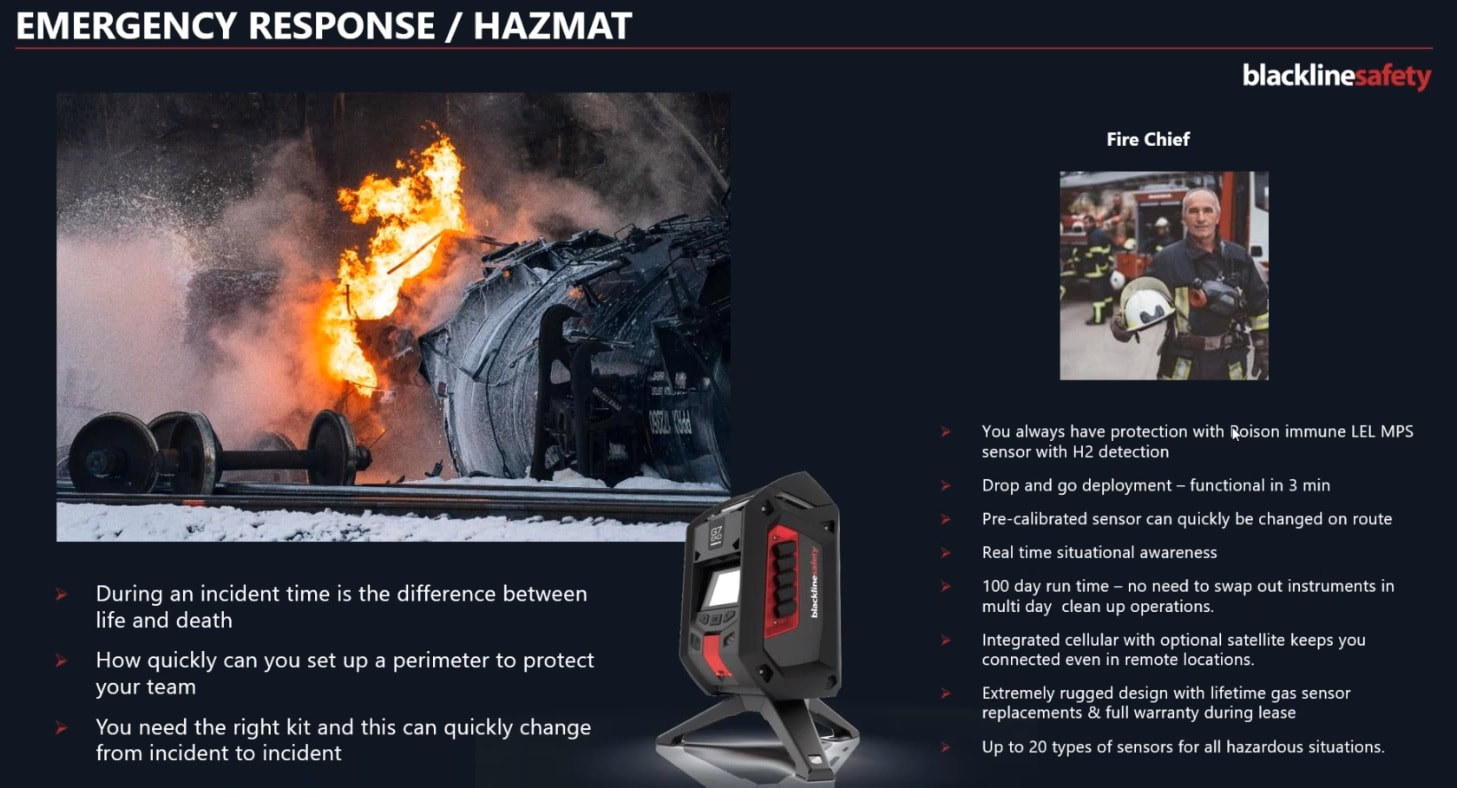Safety gadgets have come a long way in recent years. Advanced wearable devices, real-time monitoring systems, and seamless communication tools are now making it easier to protect workers. These innovations are crucial in reducing accidents and improving the overall safety of manufacturing operations.
As we look forward to 2024, it is essential to understand how these technologies work and the benefits they bring. At BLACKRIDGE Solutions, we focus on using cutting-edge technology to provide maximum protection for workers. By integrating these advanced tools, we aim to create a safer and more efficient work environment for everyone involved in manufacturing.
Common Safety Hazards in Manufacturing
Manufacturing workers face several common hazards on the job. One major risk is exposure to hazardous chemicals. These chemicals can be found in paints, solvents, and cleaning agents. Without proper protection, workers can suffer from respiratory issues, skin irritations, and serious illnesses. It is crucial to have safety procedures and protective gear in place to minimize exposure.
Another significant danger comes from heavy machinery and equipment. Manufacturing plants are filled with powerful machines that can cause severe injuries if not handled correctly. Workers need to be well-trained and always aware of their surroundings. Regular maintenance and safety checks are necessary to ensure the equipment functions safely and to prevent accidents.
Injuries from slips, trips, and falls are also common in manufacturing environments. Spilled liquids, uneven surfaces, and cluttered walkways can create hazardous conditions. To address these risks, it’s important to keep work areas clean and organized. Providing proper footwear and installing anti-slip flooring can also help prevent these types of accidents. Ensuring a safe workspace requires constant vigilance and adherence to safety protocols.
Innovative Wearable Safety Gadgets
Wearable safety gadgets have revolutionized the way we protect manufacturing workers. One of the most exciting advancements is the use of smart helmets and augmented reality glasses. Smart helmets can monitor environmental conditions and worker health, providing real-time data to supervisors. Augmented reality glasses can display important information, keeping workers informed and alert without distracting them from their tasks.
Wearable gas detectors are another crucial innovation. These devices continuously monitor the air for hazardous gases and alert workers if levels become dangerous. By providing immediate alerts, these detectors help prevent exposure to toxic substances, keeping workers safe and healthy.
Health monitoring wearables are also becoming more popular. These gadgets can track heart rates, detect signs of fatigue, and monitor other vital signs. By keeping an eye on workers' health, these devices can alert them to take breaks or seek medical attention when necessary. This proactive approach helps prevent accidents caused by fatigue or health issues. Advanced wearable technology plays a crucial role in ensuring the safety and well-being of manufacturing workers.
Advanced Safety Monitoring Systems
Advanced safety monitoring systems are crucial for keeping manufacturing workers safe. Real-time air quality monitoring is one such system. These systems use sensors to continuously check the air for harmful chemicals and particles. When dangerous levels are detected, they send instant alerts to workers and supervisors. This helps in taking immediate action to prevent health issues.
Sensors to detect machinery malfunctions are also vital. These sensors can identify issues before they become major problems. For example, they can detect unusual vibrations or temperature changes in machines. By identifying these signs early, maintenance teams can address the issues quickly to avoid accidents and equipment damage.
Emergency alert systems for lone workers are another key technology. These systems are designed to protect workers who are operating alone and might need immediate assistance. If a worker is in distress or has an accident, the system can automatically send alerts to emergency contacts or supervisors. This ensures fast response times and helps in getting the worker the help they need as quickly as possible.
Integration and Communication Tools
Effective communication is vital for worker safety. Communication devices for instant alerts are essential in a manufacturing environment. Devices like two-way radios and smartphones ensure that workers can stay in touch with their team and receive crucial information in real-time. These devices are particularly useful in large facilities where quick communication can prevent accidents.
Software solutions for monitoring and reporting are also important. These platforms help track safety data and monitor worker health and environmental conditions. Supervisors can use this data to make informed decisions and improve workplace safety protocols. By having a centralised platform, it becomes easier to manage safety processes and ensure compliance with regulations.
The benefits of integrated safety systems are immense. When communication tools, safety gadgets, and monitoring systems work together seamlessly, they create a safer work environment. Integrated systems provide a comprehensive view of safety across the facility, allowing for better coordination and quicker response times. This holistic approach to safety ensures that all potential hazards are monitored and addressed efficiently.
Conclusion
Manufacturing workers face numerous safety challenges daily. From hazardous chemicals to heavy machinery, the risks are significant. However, with the right technology, we can create safer workplaces. Advanced safety gadgets like wearables, real-time monitoring systems, and effective communication tools play a crucial role in protecting workers and preventing accidents.
Investing in these technologies is not just about compliance; it's about ensuring the well-being of every worker. At BLACKRIDGE Solutions, we are dedicated to providing the best in safety technology to keep our workers safe. Advanced systems and integrated tools create a proactive safety culture, reducing risks and improving response times to potential hazards.
To learn more about how we can help you enhance lone worker safety in your manufacturing facility, contact BLACKRIDGE Solutions today at (778) 686-5799 or [email protected]. Your workers' safety is our top priority.






 RSS Feed
RSS Feed